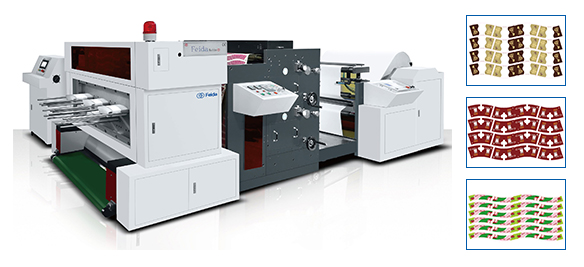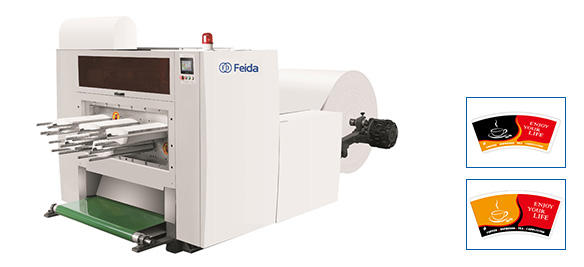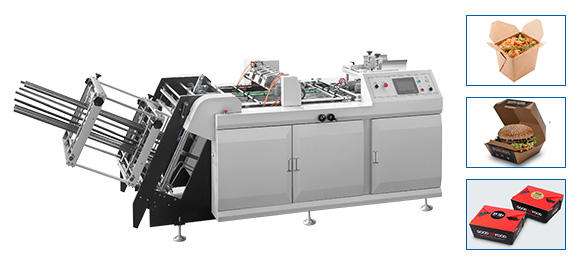What is a Roll Die Punching Machine?
A Roll Die Punching Machine is a widely used device in the manufacturing industry, ranging from traditional paper product processing to modern sheet metal processing and high-speed automated production. Its technological diversity and high efficiency make it an indispensable piece of equipment in many manufacturing industries.
Working Principle:
The working principle of a Roll Die Punching Machine is to transmit pressure through a drive system to a stamping die, which then compresses the sheet metal into the desired shape and size. The process consists of three main stages: loading, stamping, and unloading. In the loading stage, the sheet metal is fed into the machine; in the stamping stage, pressure is transmitted to the stamping die to compress the sheet metal; and in the unloading stage, the compressed sheet metal is withdrawn from the machine.
Classification:
Roll Die Punching Machines can be classified according to different criteria, including:
Classification by drive method:
Mechanically driven Roll Die Punching Machines: use a mechanical drive system to drive the stamping dies.
Hydraulically driven Roll Die Punching Machines: use a hydraulic system to drive the stamping die.
Electromagnetically driven Roll Die Punching Machines: use an electromagnetic system to drive the stamping die.
Classification by stamping method:
Single-point stamping Roll Die Punching Machines: use single-point stamping dies to stamp metal sheets.
Multi-point stamping Roll Die Punching Machines: use multi-point stamping dies to stamp metal sheets.
Classification by processing precision:
Ordinary Roll Die Punching Machines: used for general metal processing operations.
High-precision Roll Die Punching Machines: used for high-precision metal machining operations, such as aerospace parts processing.
Main Applications:
- Stamping and forming: Roll Die Punching Machines can stamp and form sheet metal to create parts of various shapes and sizes, such as housings, fixtures, connectors, and more.
- Cutting metal: Roll Die Punching Machines can also cut metal sheets to produce metal parts of various shapes and sizes, such as plates, tubes, profiles, and so on.
- Perforation processing: Roll Die Punching Machines can perforate metal sheets to produce holes of various shapes and sizes, such as round holes, square holes, elliptical holes, and so on.
- Press welding processing: Roll Die Punching Machines can also press weld metal sheets to produce welded parts of various shapes and sizes, such as welded plates, welded tubes, and so on.
- Precision processing: Roll Die Punching Machines can perform precision processing on sheet metal to produce high-precision parts, such as aerospace parts, automotive parts, and more.
Technical Features:
Cutting precision: Roll Die Punching Machines have high cutting precision, typically within ±0.20mm.
Wide range of applicable materials: these machines can handle different thicknesses and types of paper, such as 150-350gsm thick paper, and can even handle 60-120g/m² aluminum foil, laminated paper, or ordinary aluminum.
High degree of automation: Modern Roll Die Punching Machines are usually equipped with high-tech equipment, such as microcomputer control interfaces, servo positioning, AC frequency converters, and so on, to realize automated operation.
Safety design: To ensure operator safety, these machines usually adopt automatic stop functions in case of mechanical overload.
Energy saving and environmental protection: Some models of Roll Die Punching Machines are designed with energy-saving and environmental protection needs in mind, such as low air pressure consumption and centralized oil lubrication systems.
Conclusion:
Roll Die Punching Machines are automated equipment based on international advanced technology, widely used in the processing of paper products and other materials. They are characterized by high speed, high efficiency, precision, and flexibility, and are capable of meeting various complex processing needs, making them an important tool for improving productivity and product quality.
 Español
Español Français
Français China
China




